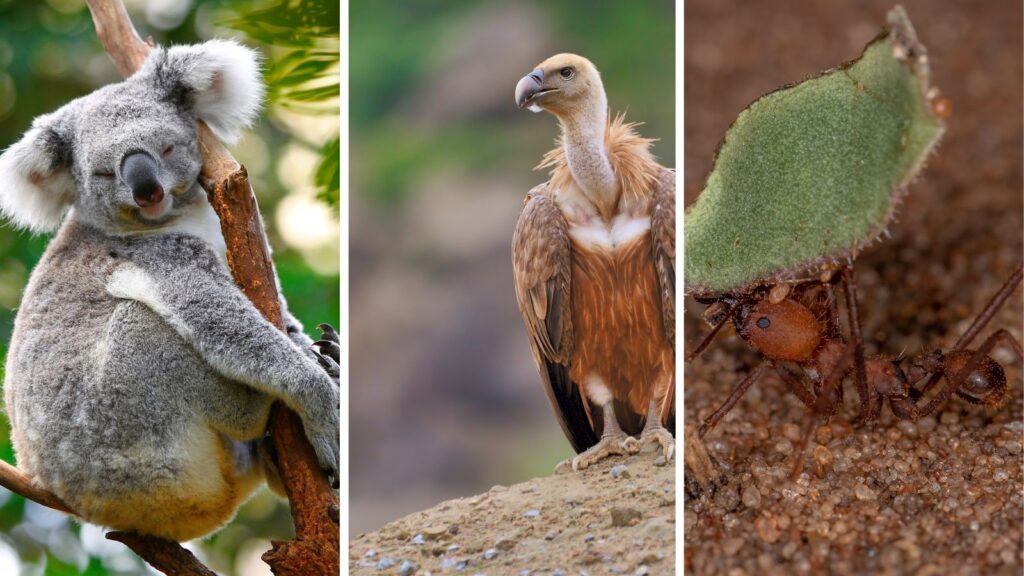Nature is full of surprises, and some of the most shocking come from the world of animal defense mechanisms. While many creatures use claws, teeth, or venom to protect themselves, a select few have developed a truly unique strategy: weaponizing their own faeces. Let’s dive into the fascinating world of animals that use poop as a tool for survival.
Hippos
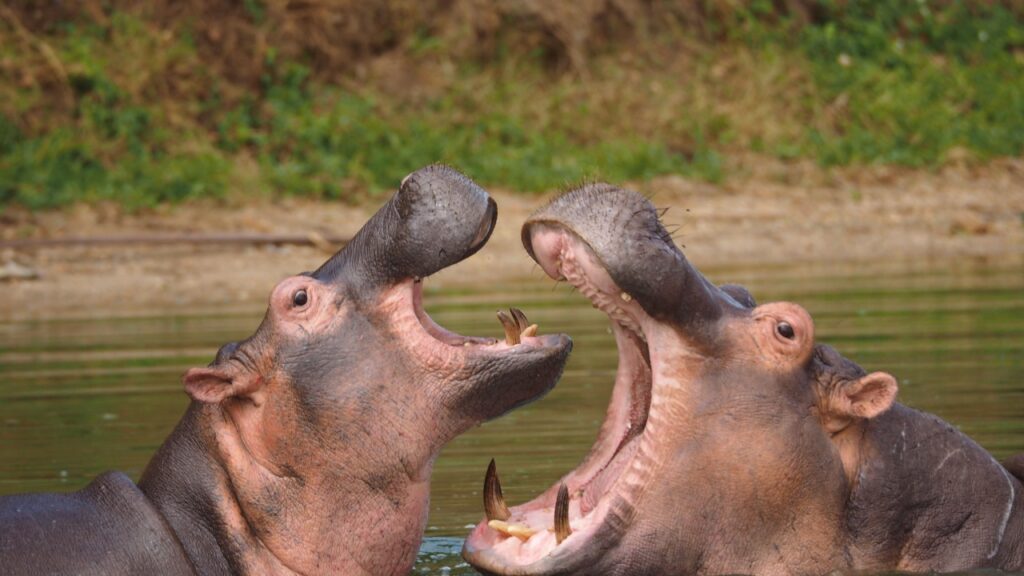
Hippos are known for their aggressive behavior, but their method of marking territory is truly bizarre. These massive mammals use their tails like propellers, flinging their dung in all directions. This scatters their scent over a wide area, warning other hippos to stay away. The process is so violent that it can even injure nearby animals or unlucky tourists. Hippos can spread their poop up to 30 feet away, making them one of the most impressive fecal marksmen in the animal kingdom.
Caterpillars of the Skipper Butterfly
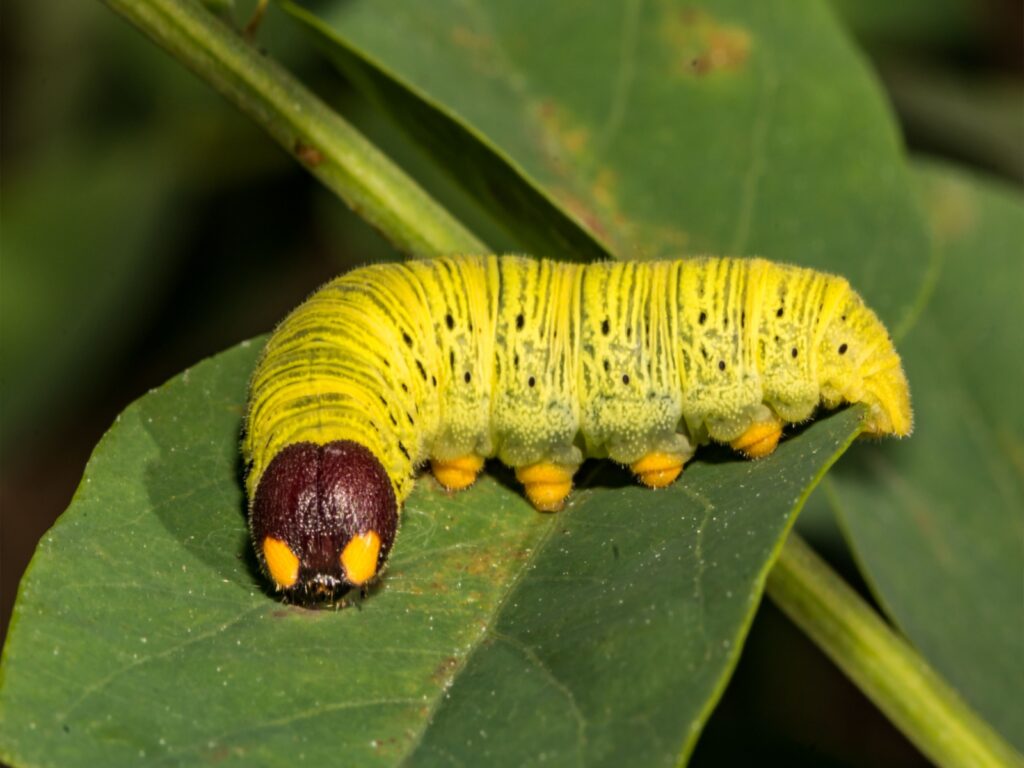
Some caterpillars have developed a unique way to keep predators at bay. The larvae of the skipper butterfly build a shelter out of leaves, held together with silk. But here’s the gross part: they also add their own poop to the mix. This creates a smelly, unappetizing barrier that most predators avoid. The caterpillars even have a special appendage called an anal comb, which they use to fling their poop away from their bodies. This keeps their living space clean while still using waste as a defense.
Buzzard
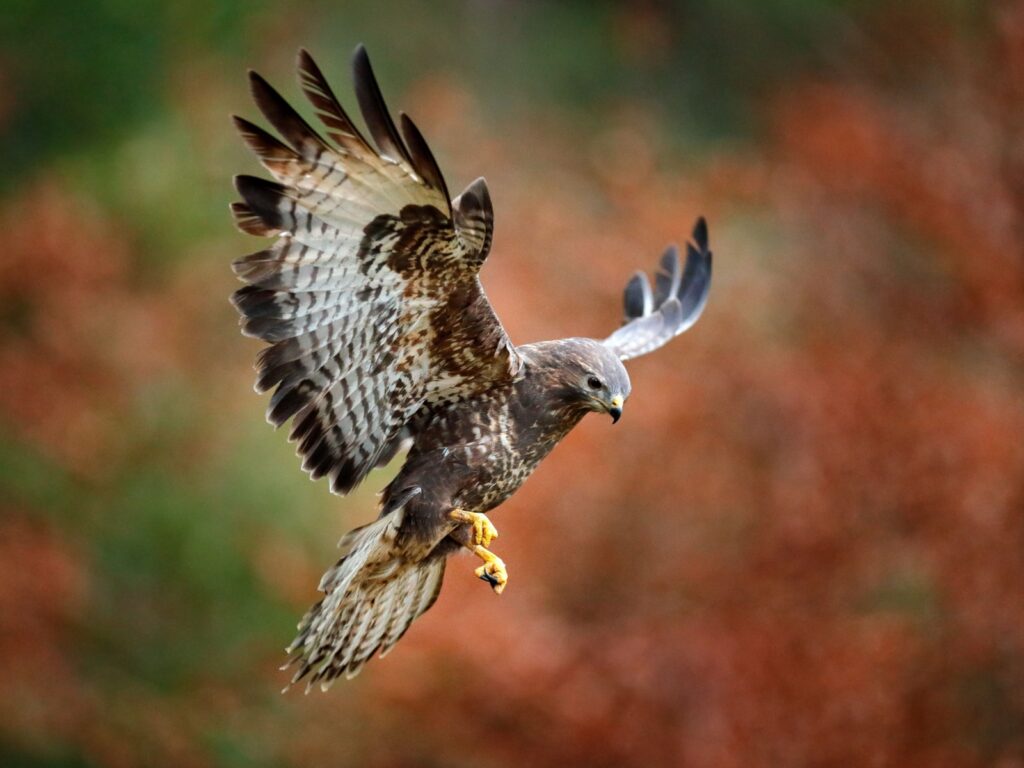
When threatened, the buzzard has a truly disgusting defense mechanism. These birds can projectile vomit partially digested carrion at their attackers. But that’s not all – they also empty their bowels, spraying liquid faeces with surprising accuracy. This double whammy of disgustingness is usually enough to deter most predators. The foul smell and potential for eye irritation make the buzzard’s waste a formidable weapon.
Naked Mole Rats
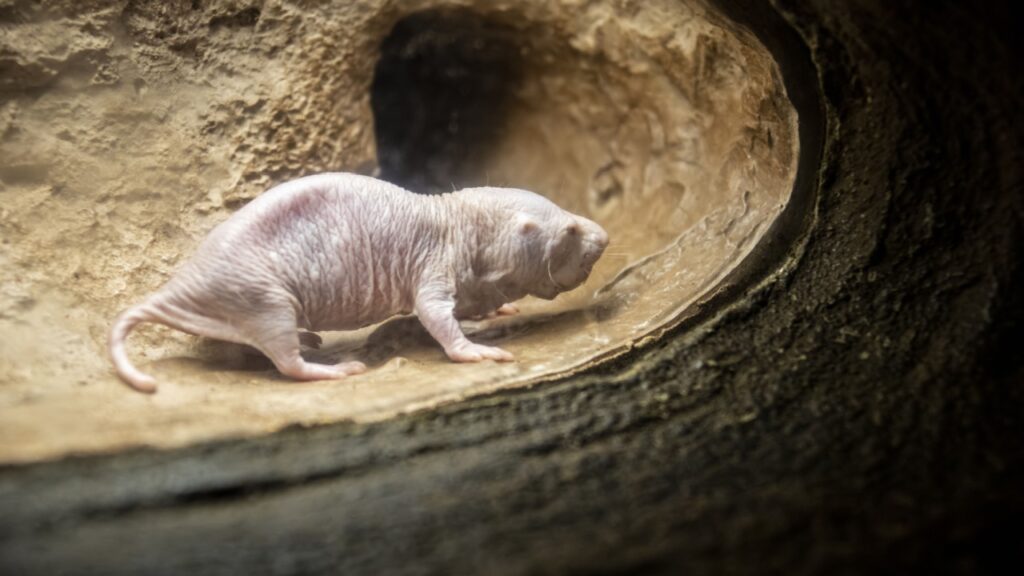
Naked mole rats live in complex underground colonies, much like bees or ants. To protect their tunnels from invaders, they’ve developed a unique strategy. Worker mole rats will form a living wall of bodies, plugging up tunnels with their faces pointing outward. If a predator tries to dig through, the mole rats will attempt to bite it. If that doesn’t work, they’ll spray the intruder with their urine and faeces. This combo of biting and waste-spraying is usually enough to drive away most threats.
Penguin
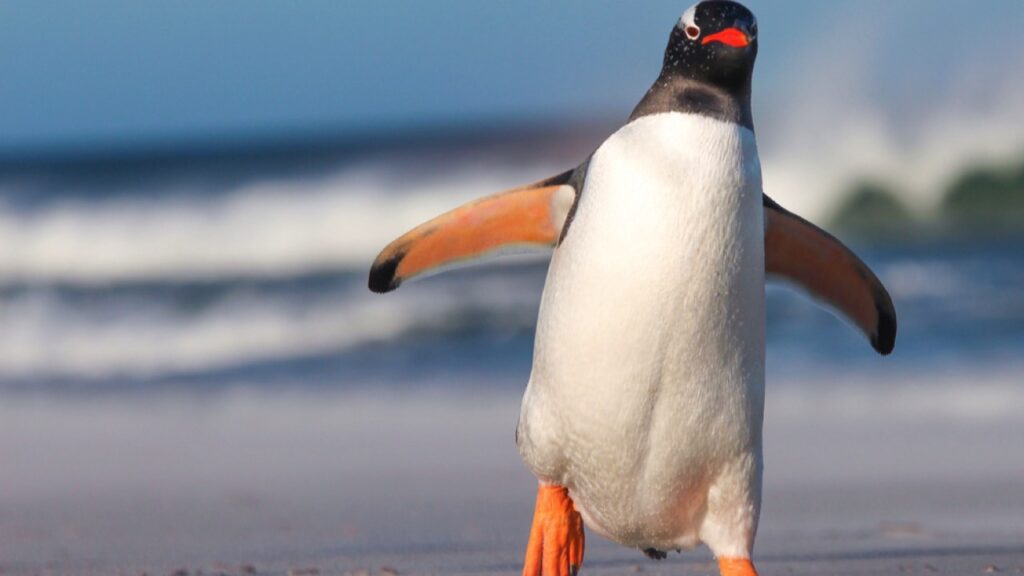
Despite their cute appearance, penguins can be quite gross when they need to be. Many penguin species can projectile poop up to four feet away. They use this ability to keep their nests clean, but also as a defense mechanism. If a predator or rival penguin gets too close, they might find themselves splattered with smelly penguin poop. This can be especially effective against flying predators like skuas, as the faeces can weigh down their feathers and make it hard to fly.
Leaf-Cutter Ants
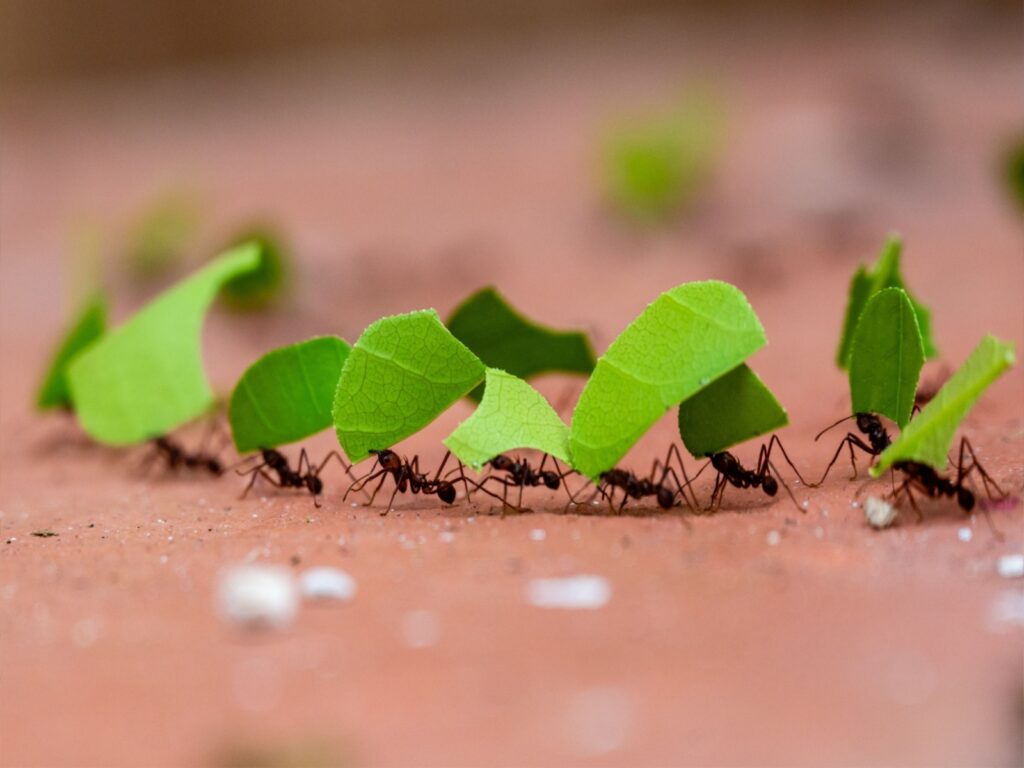
Leaf-cutter ants are known for their complex societies and their habit of farming fungus for food. But they also use their waste in a clever way. These ants create special dump areas for their colony’s waste, including their own faeces. They then use this waste to fertilize their fungus gardens, helping their food source grow faster. In a way, they’re using their poop as a weapon against hunger, turning waste into a valuable resource.
Termites
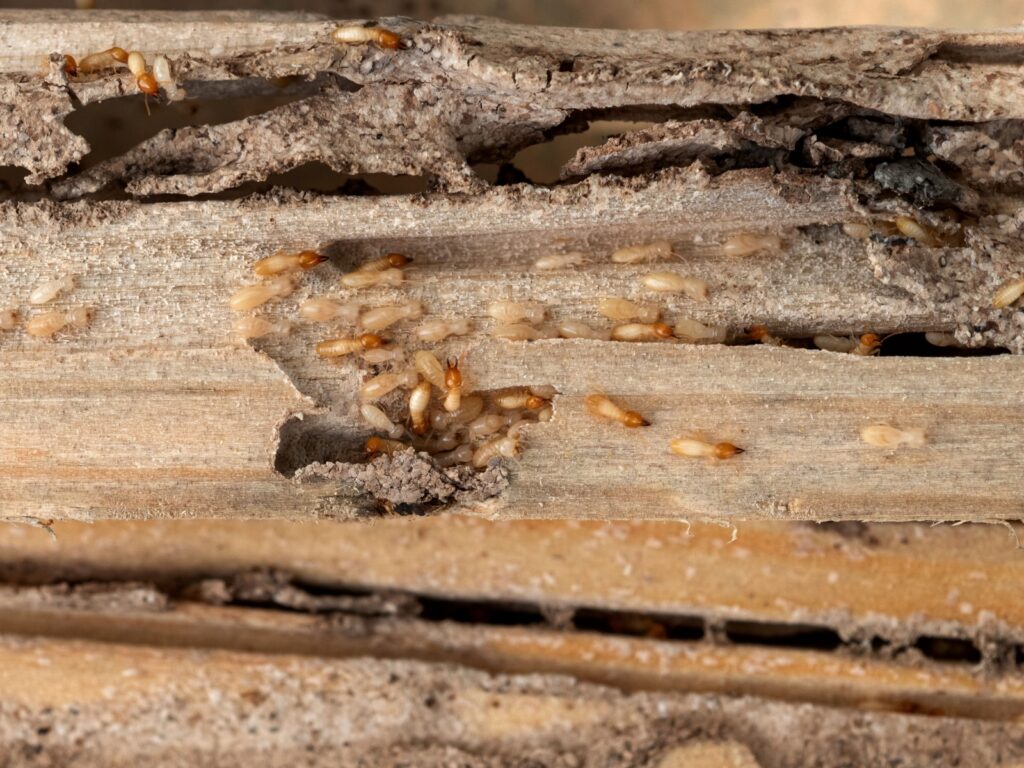
Termites are masters of using what they have on hand, including their own waste. When building their mounds, termites mix their faeces with saliva and dirt to create a strong, cement-like substance. This “fecal cement” is used to construct intricate structures that can reach up to 30 feet tall. The waste material helps to regulate temperature and humidity inside the mound, creating the perfect living conditions for the colony.
Mother Koala
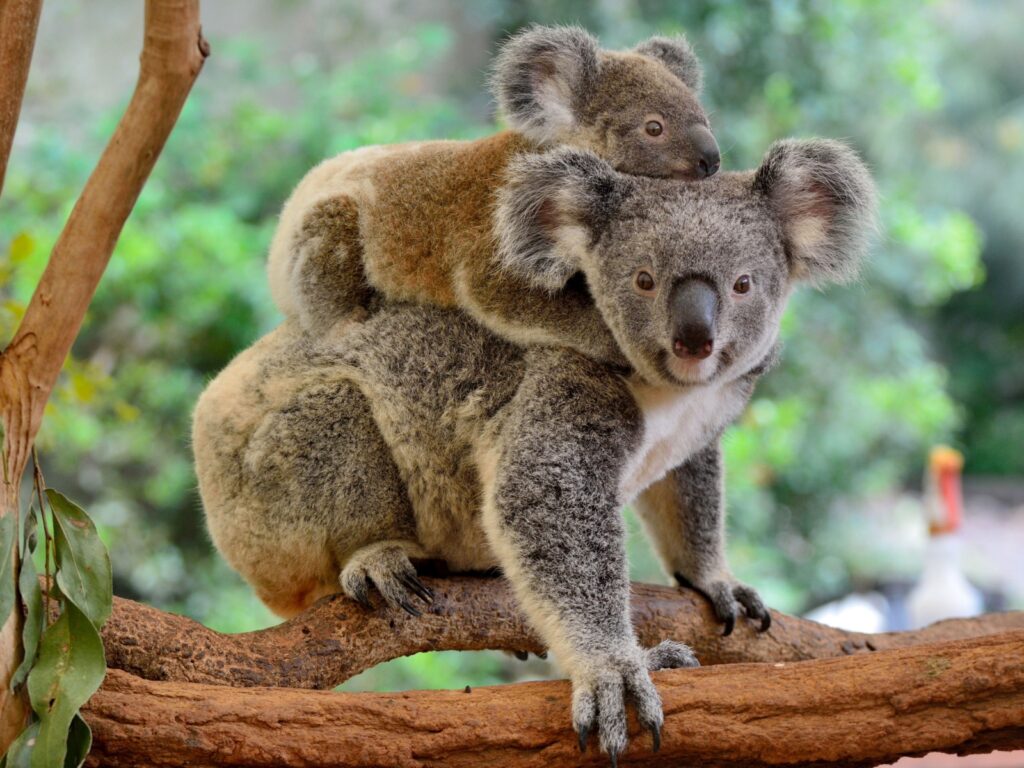
Koalas have a unique way of preparing their young for life in the eucalyptus trees. Before a baby koala (called a joey) starts eating leaves, its mother feeds it a special type of faeces called pap. This pap contains the bacteria necessary to digest tough eucalyptus leaves. Without this fecal meal, the joey wouldn’t be able to eat its staple food. In this case, the mother koala is using poop as a weapon against malnutrition in her offspring.
Bees
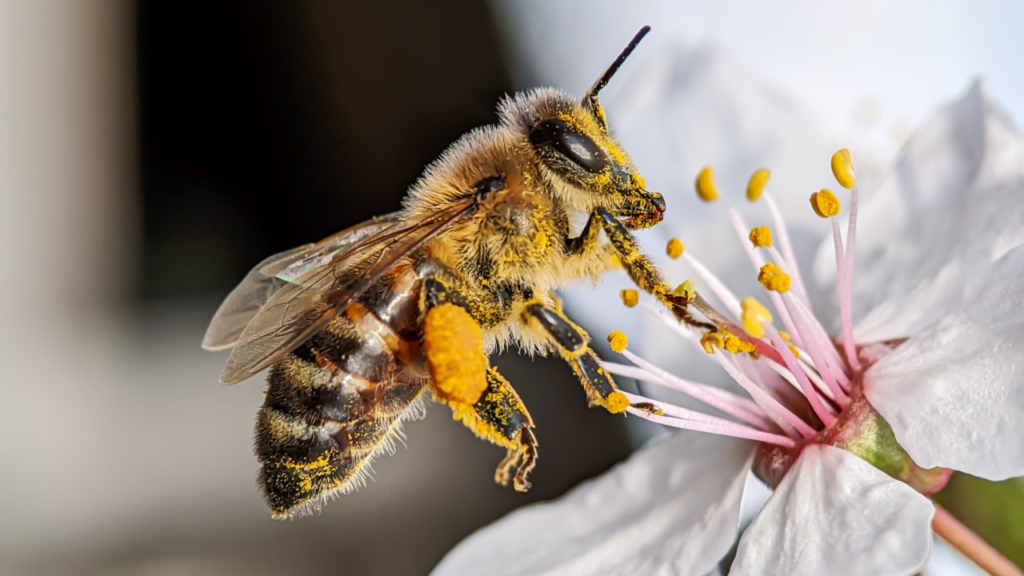
Bees are known for their painful stings, but some species have another trick up their sleeves. When giant hornets attack their hives, Asian honeybees will cover the invaders with animal dung. This “fecal spotting” behavior seems to repel the hornets, possibly due to the smell or the risk of disease. By using poop from other animals, these clever bees have found a way to defend their homes without risking their own lives.
Spitting Spider
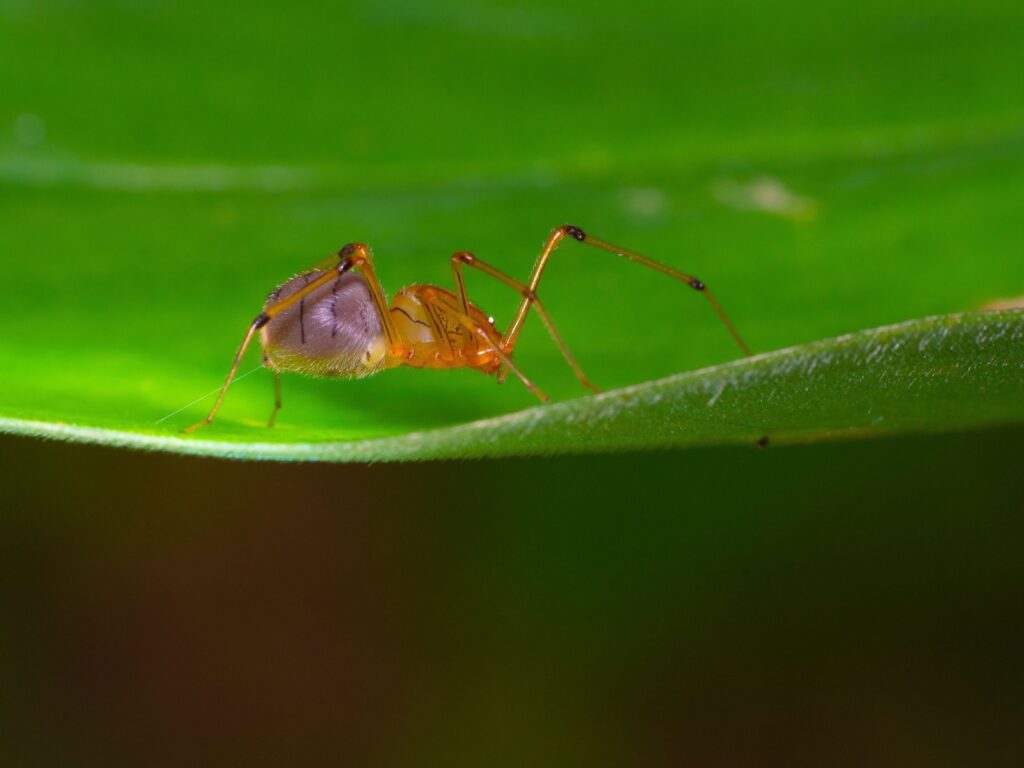
The spitting spider has a unique hunting technique that involves its own waste. These arachnids mix their venom with digestive fluids and faeces to create a sticky, poisonous goo. They then spit this mixture at their prey, entangling and paralyzing them. The faeces in the mix helps to make the substance stickier and more effective. It’s a gross but ingenious way of using waste as part of a deadly weapon.
Vulture
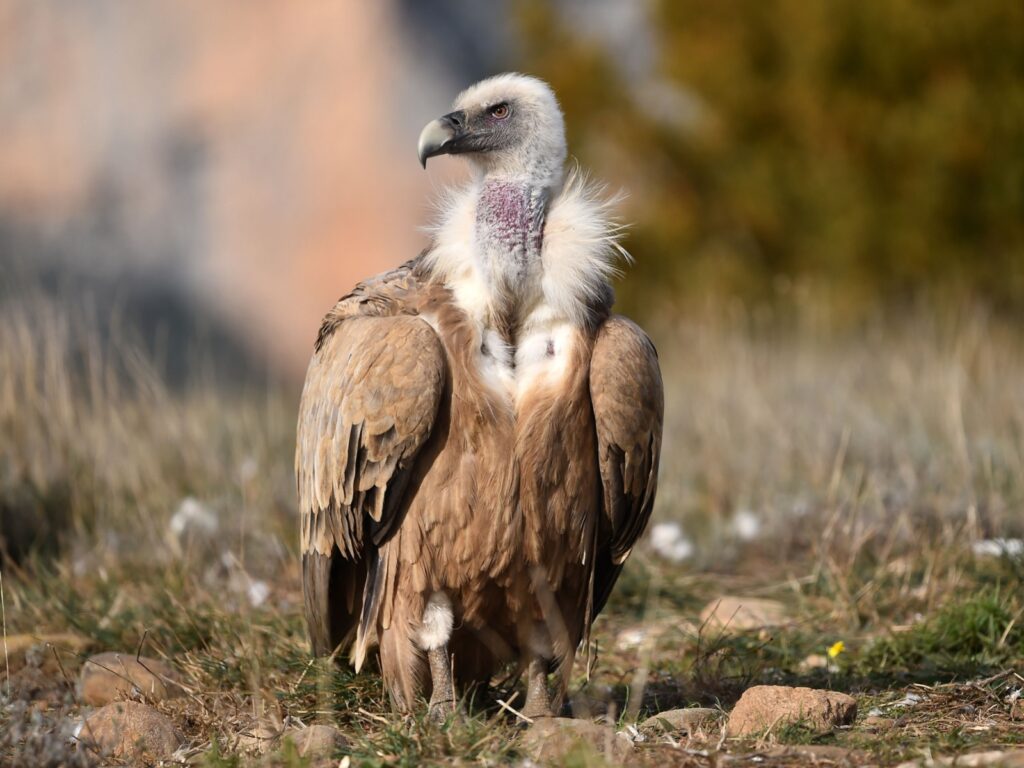
Vultures have a particularly nasty defense mechanism when they feel threatened. These birds will projectile vomit the contents of their stomachs at attackers. Given that vultures eat carrion, this vomit is particularly foul and often contains partially digested meat and faeces. The smell alone is usually enough to drive away most predators. As an added bonus, lightening their load helps vultures to take off more quickly if they need to escape.
Nematode Worms
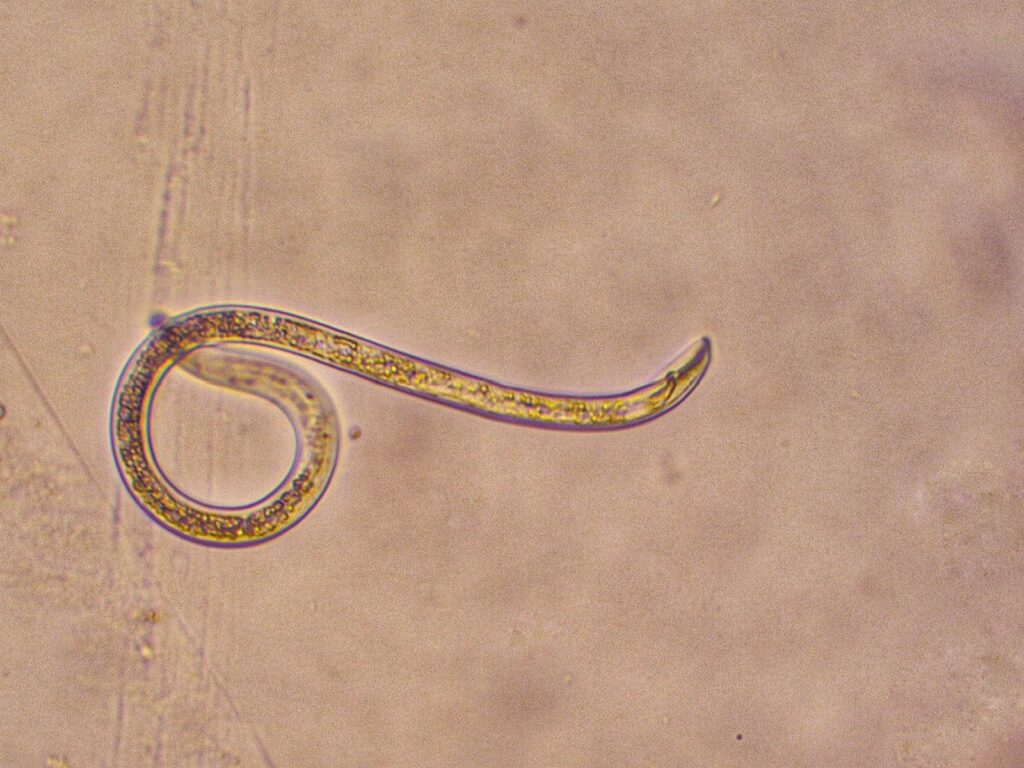
Some species of nematode worms have found a way to use their own waste as a tool for survival. These tiny worms can enter a state of suspended animation called dauer when conditions are tough. To protect themselves during this vulnerable state, they create a protective coating using their own dried faeces. This fecal shell helps the worms survive extreme conditions like heat, cold, or lack of food. When conditions improve, they break out of their poop armor and continue their life cycle.
Becky is a fervent wildlife enthusiast and pet care expert with a diploma in canine nutrition. Her love for animals stretches beyond the domestic, embracing the wild tapestry of global fauna. With over a decade of experience in animal welfare, Becky lends her expertise to OutlandishOwl through insightful articles, captivating wildlife information, and invaluable guidance on pet nutrition. Her work embodies a deep commitment to understanding the intricate lives of animals and a passion for educating others on sustaining natural habitats. Becky's hands-on conservation efforts and her knack for translating complex dietary science into practical pet feeding tips make her an indispensable voice for creatures great and small.

